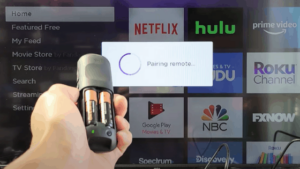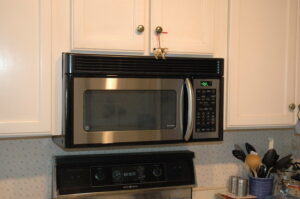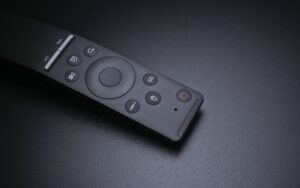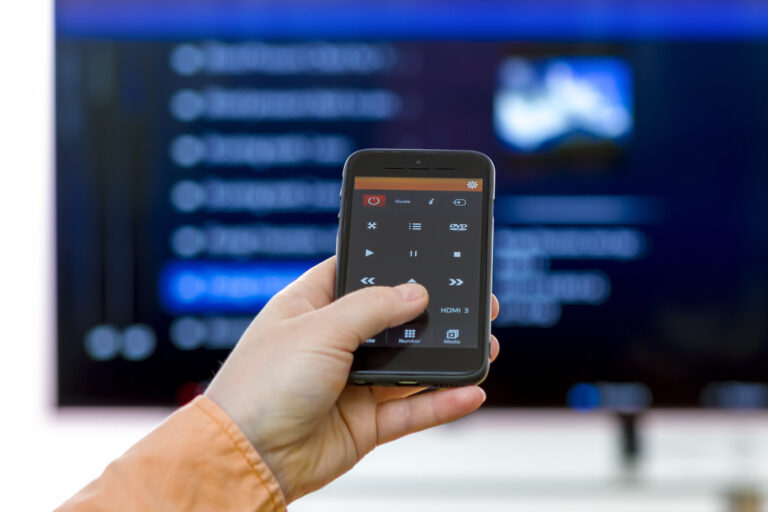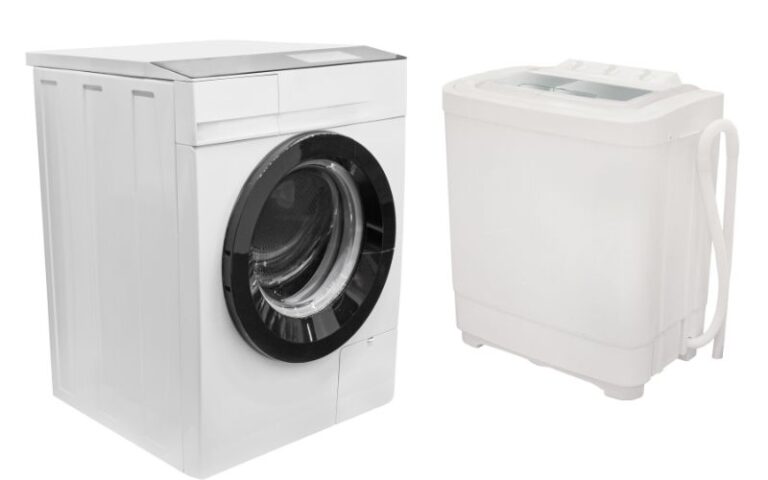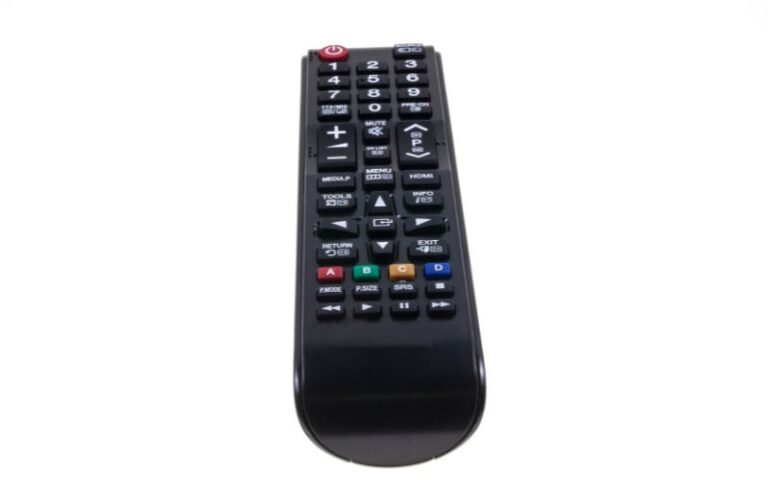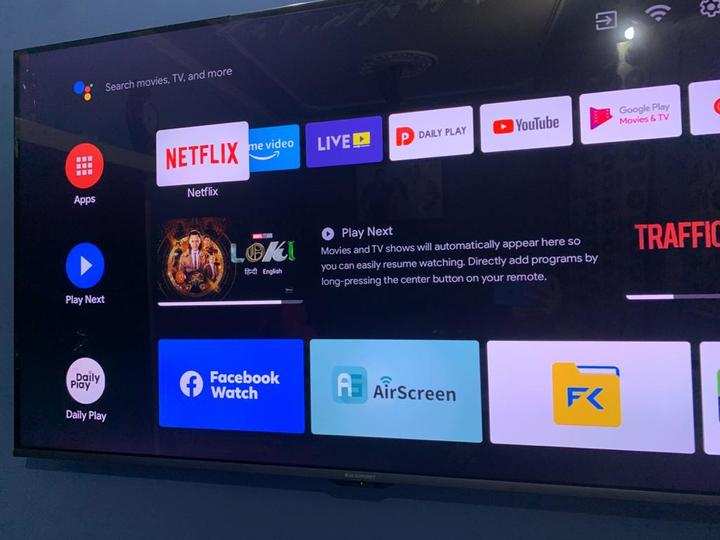Will A TV Remote Work Through Glass? (Read This First)
Televisions are one of the most common electronics in the house. It provides you with good entertainment, which is why you should be able to use them from a comfortable position.
Sometimes, you may want to use your television even though you are not physically present in the same room.
Other times, you may install your television behind glass cabinets, and you’ll want to operate it without standing up.
That said, can your TV remote function through glass?
You can use your television remote through the glass. Most television remotes are either infrared remotes or radiofrequency remotes. Both types of television send signals that can penetrate through glass. Therefore, you shouldn’t have issues controlling your television, even if they are behind glass cabinets.
What about tinted glass and a wall? Can your remote signal also penetrate these? Keep reading, as there is much more to learn about this topic. It promises to be a worthy read.
Can Glass Block TV Remote Signal?

That depends on the type of TV remote you have. There are different types of remotes, each with its peculiar signals.
There are two types of television remotes and remote signals: infrared (IR) remote control and radiofrequency (RF) remote control.
#1. Infrared (IR) Remote Control
The infrared remote control makes use of infrared invisible light signals.
These light signals are set and modulated to a particular frequency to send peculiar bursts of infrared light signals to your television.
If your TV is within glass walls, the infrared signal receiver can still detect the signals from your infrared TV remote.
Under normal situations, some infrared signals can be interrupted by glass walls, but the remote should work fine, especially if your infrared remote has strong batteries.
However, you can install infrared extenders or repeaters to help the infrared remote function better through glass walls.
One downside with this remote signal type is that you will need to aim the remote directly at your television for it to work.
Infrared codes are installed into the remote so that every code serves a specific function that the infrared receiver of the television interprets as commands.
Some commands include volume down/up, power off/on, channel down/up, and much more.
#2. Radiofrequency (RF) Remote Control
Radiofrequency remote controls are wireless handheld devices that can control your television through radiofrequency waves.
One unique thing about radio frequency remotes is that you don’t need to aim them at your TV for them to work, unlike infrared remotes.
The radiofrequency remote transmits a modulated waveform that’s, in essence, a unique code with instructions to your television.
Your television recognizes the radiofrequency signal through the receiver, decodes the message, and carries out the action.
Radiofrequency remotes can work over a long range of up to 100 feet approximately from the receiver.
These signals can also penetrate walls. Therefore, you can use a radiofrequency TV remote in a different physical room than your television.
You can be in the kitchen, bedroom, or garage and still control your television from there. You can control your television from behind the cabinet.
Additionally, you can control your television from outdoors because these remotes can function far distances.
Can a TV Remote Work Through Tinted Glass?
Ordinarily, tinted glass should not block infrared TV remote signals, and your remote should work fine through the glass.
The infrared rays can pass through the tinted glass so far that your remote control is within line of sight of the TV.
However, tinted glass can sometimes distort the infrared rays of the remote, especially if the glass is dark-colored. If that happens, you should try using a radio-frequency remote.
In most circumstances, you can still use your remote as the light will pass through, but it’ll be less effective. You also need to consider the location you’ll be using the remote.
If you are in a place where the intensity of the light rays is much, there may be interference with the remote signals. Therefore, you need to stay away from areas with plenty of light.
Additionally, if you aim the remote at an angle of 30 degrees from your television, the glass may begin to function as a mirror.
It will reflect the infrared light signals from the remote and deflect them to other parts of the room.
The remote should be fine for changing channels and switching the TV on/off if you have a front glass door. You can try replacing the batteries if your remote doesn’t work.
Will a TV Remote Work Through a Wall?
It depends on the type of TV remote you have. If you have an infrared TV remote, it can pass through the glass, but it may not be able to work through a wall.
Infrared TV remotes use infrared light rays to convey coded messages from the remote to the TV. These light rays may not be able to penetrate walls because walls are too thick.
Furthermore, infrared remotes work in a line-of-sight manner. So, if the remote is not directly in the line of sight of the television, it may not work.
Another limitation is the distance. Infrared remote controls cannot work over long distances. Radiofrequency remotes, on the other hand, can function through a wall.
They apply a special radiofrequency wave with a license-free and unique 2.4 GHz bandwidth to transmit coded instructions to the television receiver.
The signals can easily pass through barriers like walls and furniture, giving them a wide range of coverage. They have a reach of approximately 100 feet, which is remarkable.
Below is a table that compares the features of radiofrequency and infrared TV remotes.
| Feature | Infrared Remote | Radiofrequency Remote |
|---|---|---|
| Penetrate Glass | Yes | Yes |
| Penetrate Walls | No | Yes |
| Long Distance | Limited | Yes |
| Interception | Difficult to intercept | Easy to Intercept |
| Price | Cheap | Expensive |
| Line-of-Sight | Yes | No |
| RF Interference | No | Yes |
What Signal Does TV Remote Use?
TV remotes use two types of signals broadly. These signals include infrared signals and radiofrequency signals.
The television is the receiver, and the remote is the transmitter. The remote control flashes a special type of LED light on the television.
The light is a special code that the television picks up and interprets into an instruction.
Infrared television remotes transmit instructions as waves of infrared ray signals to the television, which the TV interprets and performs.
However, the infrared signals only travel a short distance of about 9.14 meters (30 feet). Therefore, they only work when in the line of sight of the television.
For this reason, they are not effective for use behind walls or around corners. They can, however, penetrate glasses.
Radiofrequency television remotes transmit radio waves to the television receiver. They can work behind walls, furniture, and corners because they have a long reach.
You can use them up to a distance of about 30.48 meters (100 feet).
You May Also Like To Read
- Will A TV Remote Work Through Glass? (Read This First)
- Will A TV Remote Work After Being Washed? (Answered)
- Why is My Now TV Remote Flashing Green? (Explained)
- Why Does My TV Remote Turn On My PS5? (Answered)
- Why Does My TV Remote Control My LED Lights? (Solved)
- Why Does My Apple TV Remote Keep Disconnecting? (Read This First)



